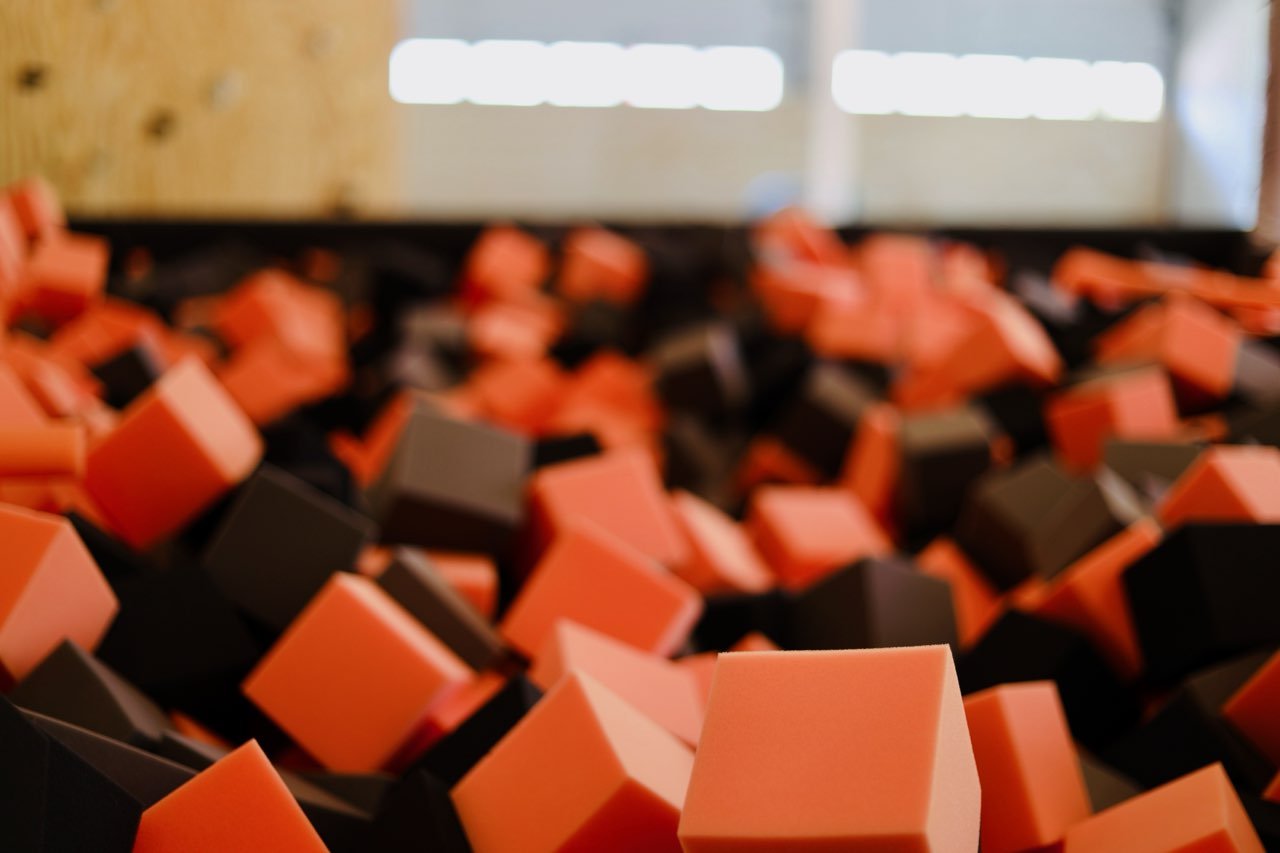Caterpillar Gym
The physical act of crawling is a vital part of human development that provides input to our brains and nervous systems. The more input we give ourselves, the more we build neuro-pathways and become stronger in these areas:
Proprioceptive system:
Proprioception is considered the 9th sensory system. This system gives a person awareness of their own body in space. Governed by the ligaments and joint receptors in our bodies, this sense allows us to keep track of where our body parts are without having to look at them.
Vestibular system:
Vestibular input is engaged through movement of the head and input through the ear. Vision, tactile, and hearing senses are activated as well during crawling.
Touch:
Crawling gives the hands sensory input of different textures and shapes.
Strength and Coordination:
Crawling and climbing in “quadruped” (on knees and hands) helps develop strength and stability in the shoulders, arms, legs, hips and trunk, which improve anatomical positioning for standing and walking. It helps in brain development and bi-lateral integration—differentiating between the left and right sides of the body—in coordination and helps in developing depth perception, preparing the body for upright positioning and balance.
Bilateral Coordination:
Crossing the body’s midline physically and visually helps in reading and writing.








